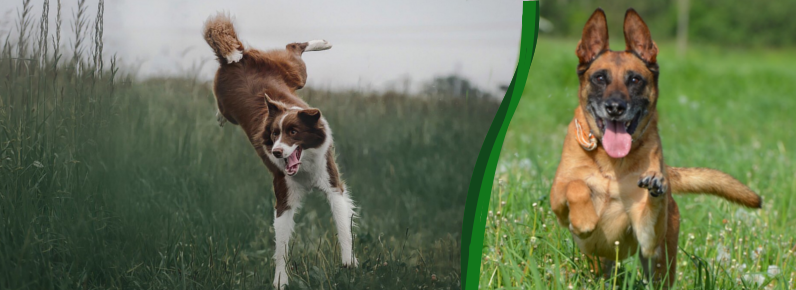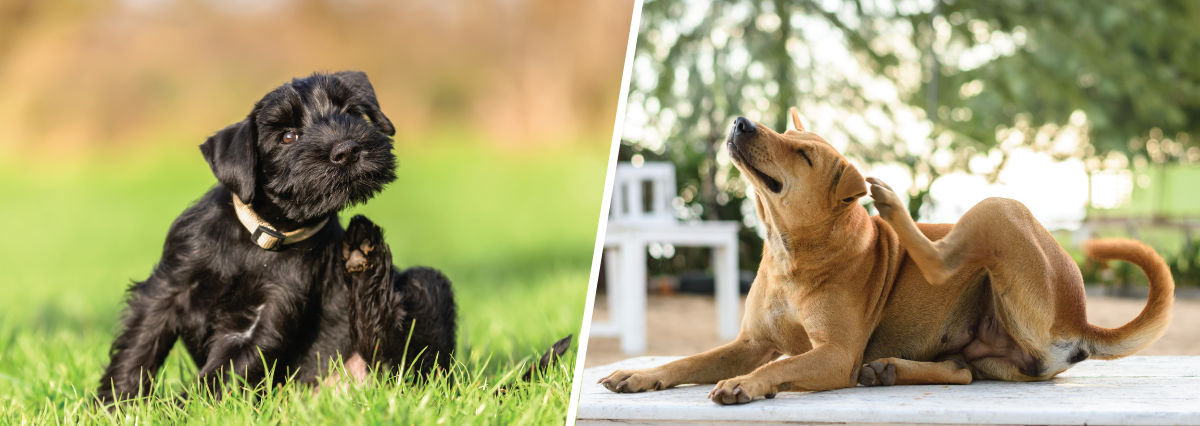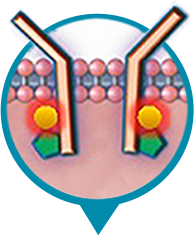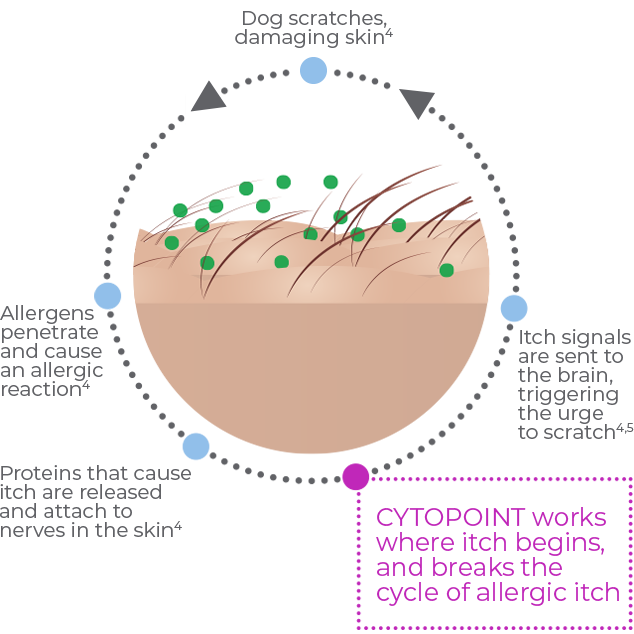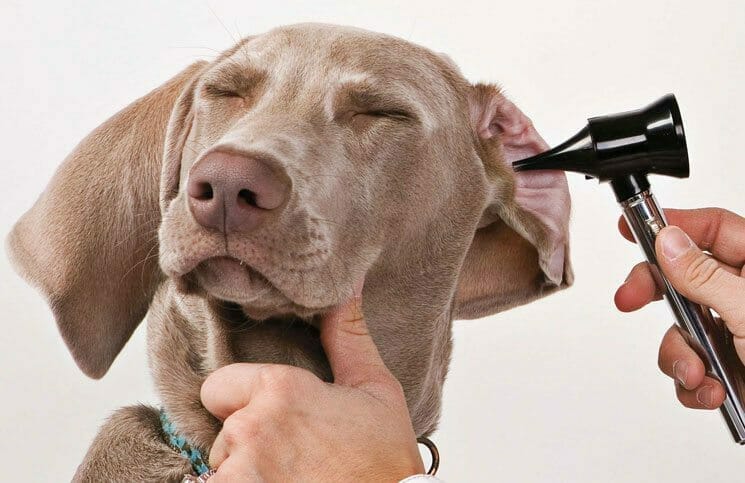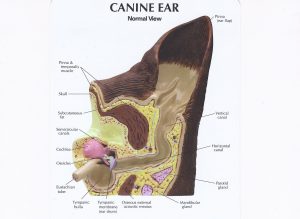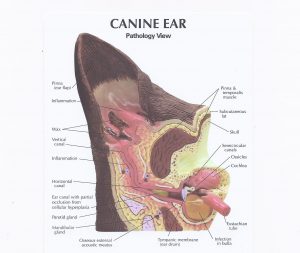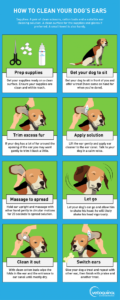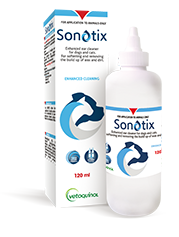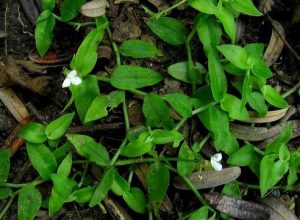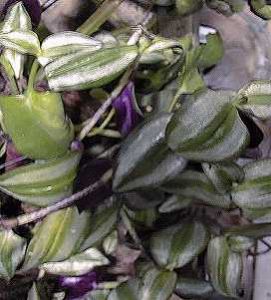Arthritis is a condition that literally means inflammation of the joint. The actual causes of arthritis are many, however, in older pets the most common is osteoarthritis. This is a chronically progressive disease that is most commonly caused by a long-term injury or possibly even conformational faults that have been present since birth. Certain diseases can also lead to chronic arthritis. Age is not an actual disease, but dogs that run heavy on their joints throughout life can wear them out early or strain them leading to the problem as they get older. Feel free to fill out our pain quiz to help assess your dog’s discomfort.


Signs of arthritis:
- Decrease in willingness to exercise
- Persistent or intermittent lameness
- Unwillingness to jump
- Less grooming (cats)
- Muscle wastage
- Joint thickening
Your vet will diagnose arthritis via a range of techniques, including physical examination, x-rays, test therapeutic medication among other things.Once diagnosed typical mainstream treatments involve anti-inflammatory medication that includes pain relief. Human products are not appropriate for dogs. The medications listed below are natural therapies that can reduce or remove dependency on mainstream or “western” medications that while very effective in treatment can have unintended side effects.
Natural Therapies
Disease modifying osteoarthritis drugs (Pentosan polysulfate)
These medications are given as a series of injections: one injection a week for four weeks and the course of 4 injections usually needs to be repeated every 6-12 months. They act to stabilize joint membranes, help joint cartilage repair and improve joint lubrication. They provide significant improvement in a high percentage of arthritis patients with minimal (if any) side effects.
Glucosamine / Green Lipped Mussel / Shark / Bovine Cartilage Supplement
Glucosamine, a naturally occurring compound, is one of the more popular over-the-counter arthritis remedies. It is one of several natural substances, or nutraceuticals, that are known as chondroprotective agents, used in the treatment of arthritis in humans, dogs, horses, and other animals.
Glucosamine joint supplements are said to alleviate the symptoms of joint damage by boosting the repair of damaged cartilage, specifically articular cartilage, or the moist, spongy material that forms a cushion between joints. Joint supplements like Glyde Mobility Chews are often used as an early intervention and throughout the progression of arthritis, as they are safe for long-term use in most patients. Read more here
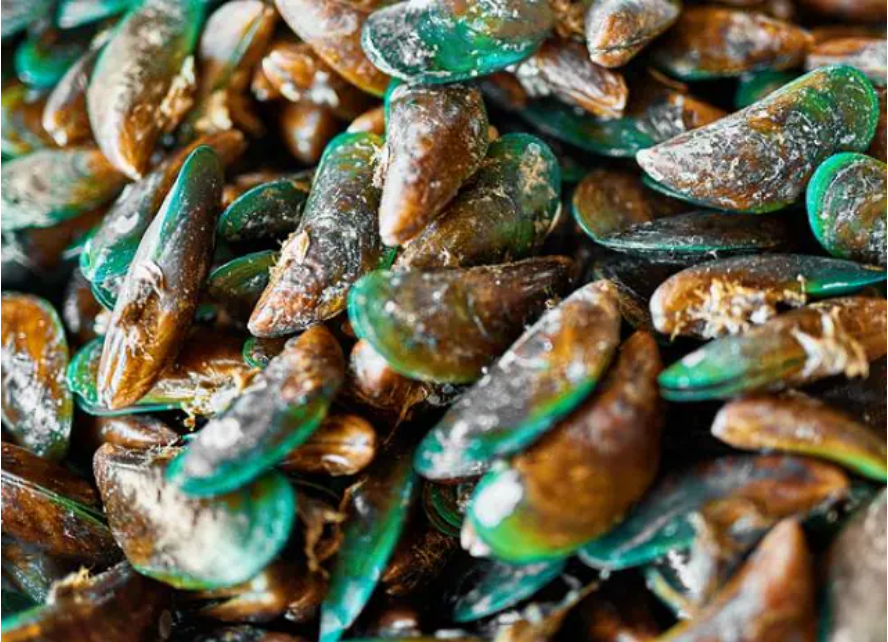
The best known components of green lipped mussels are Omega-3 fatty acids, including the fatty acids EPA and DHA, explains Petty. “Omega-3s work by reducing the level of inflammation associated with diseases such as osteoarthritis,” Petty says. Although this is the same compound found in fish oil, in the case of green lipped mussels, this is combined with other compounds that also fight joint inflammation and pain.
A good example of these compounds is eicosatetraenoic acid, or ETA. “The ETA is found only in green lipped mussels and binds cyclooxygenase, which is an enzyme that causes inflammation,” according to Dr. Judy Morgan, DVM, a certified and accredited veterinary acupuncturist and food therapist who combines holistic medicine with traditional Western techniques in her practice. “They also contain glucosamine, chondroitin, zinc, and magnesium, which are beneficial for joint metabolism.” Read More Here
You can also read about shark and bovine cartilage supplements here
We stock Glyde at Kalinga park which covers much of these products.
Fish oil
Fish Oil (salmon or menhaden body oil) appears to have antiproliferative activity in some tumor cell lines, antimetastatic activity in laboratory animals, and anti-cachectic activity in human patients.11,12 The benefits for patients with cancer are linked with the ability to attenuate systemic inflammation.13 It is frequently recommended for canine and feline cancer patients at a rate of 1 extra strength capsule (500-600 mg of DHA and EPA) per 5-10kg of body weight. Preliminary findings suggest fish oil supplementation increases chemotherapy efficacy, improves survival, and helps to maintain weight and muscle mass in patients with non-small cell lung cancer (NSCLC).7,8 An EPA-enriched oral supplement improved tolerability of chemotherapy in patients with advanced colorectal cancer and when combined with chemotherapy, fish oil supplementation may delay tumor progression in patients with colorectal cancer.9 Omega-3 fatty acids are thought to have anticoagulant effects, however, results from clinical studies are mixed.
Kalinga Park has a Omega supplement available.
Turmeric
Turmeric has been shown to be anti- angiogenic, induces apoptosis and is anti-inflammatory. The dose
for dogs is one teaspoon per 25kg daily. The dose for cats when they will accept it is 1⁄4 teaspoon twice
daily. It is has been shown to be of more benefit when combined with black pepper and oil (golden
paste). (Credit Steve Denley – Balanced Veterinary Care)
1 cup water, ½ cup organic turmeric powder, ¼ cup coconut oil or bone broth, ½ tablespoon organic ground black pepper, 1 tablespoon Ceylon cinnamon. Simmer turmeric and water over low heat, stirring for 7 to 8 minutes until it forms a paste. Remove from heat and add oil or bone broth, pepper, and cinnamon. Feed 1 teaspoon/20 lb twice daily.
Cannabis
The flowers, leaves and stems of the Cannabis sativa plant have been used in herbal remedies for centuries as well as in more modern culture recreationally and therapeutically. Scientists have identified many biologically active components in cannabis, with the two best-studied components being delta-9-tetrahydrocannabinol (often referred to as THC), and cannabidiol (CBD). Other cannabinoids are being studied for their medicinal and therapeutic effects.
We have access to pharmaceutical graded products both cannabidiol isolates as well as full spectrum low THC products. Ask us about using CBD for arthritis. CBD does have interactions with a number of other medications its important to have a conversation that takes into account all your pets medical treatments
Studies conducted in the 1970s found that dogs have the highest number of THC receptors in their brains, more than any other animal studied, including humans. For this reason, dogs are very sensitive to cannabis products that contain THC, and pet guardians need to be very careful about giving THC to their dogs, so as to not create this adverse neurologic reaction. Very low THC cannabis, also known as “hemp” does not contain enough THC to create these adverse reactions. They are a better bet for pets, due to their increased safety. Some experts believe that THC is important to give along with CBD to address certain difficult to treat conditions such as cancer. With further research we will learn more about whether this is true. Hemp-based CBD extracts have been anecdotally reported to help dogs with epilepsy. For treating cancer, it is still unknown whether CBDs can work effectively as a single therapy without THC or other anti-cancer drugs. At this time, there are no published reports utilizing cannabis for pets with cancer.



